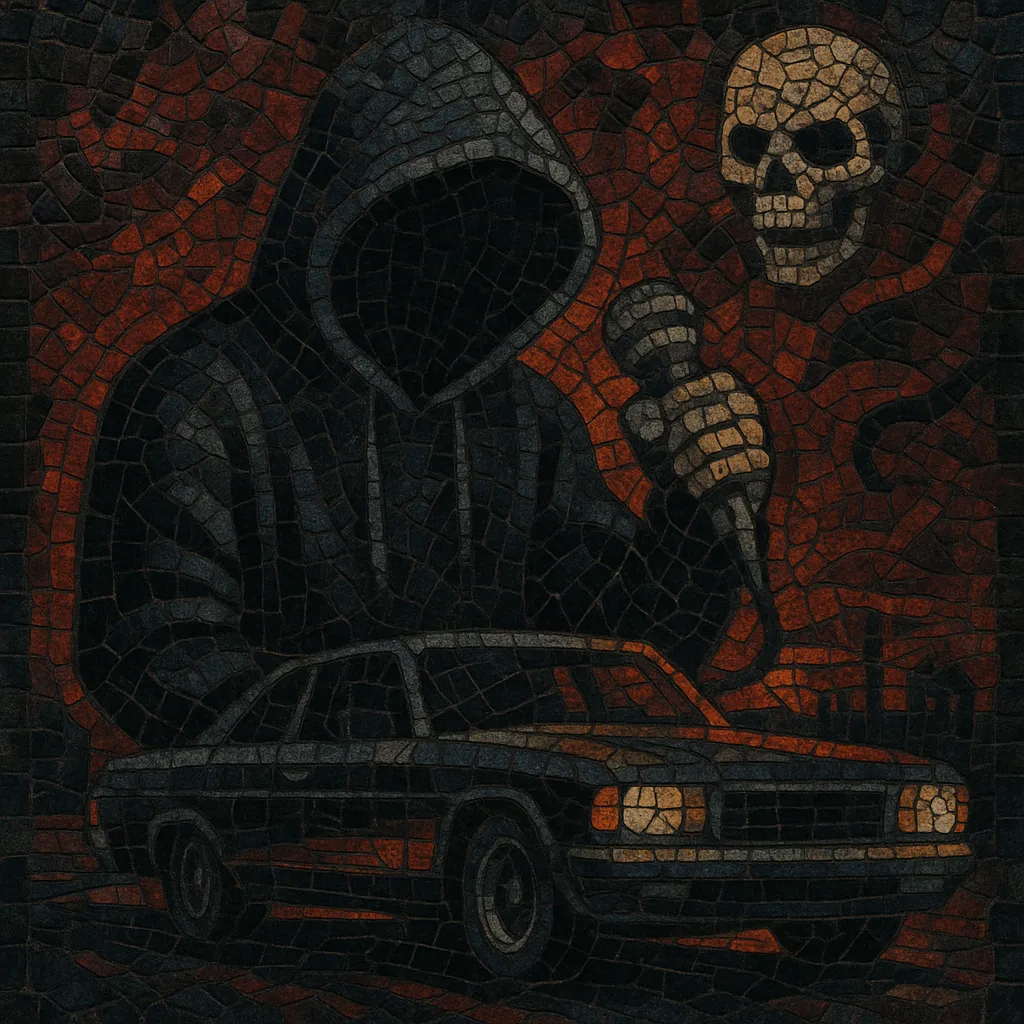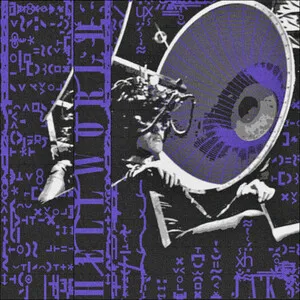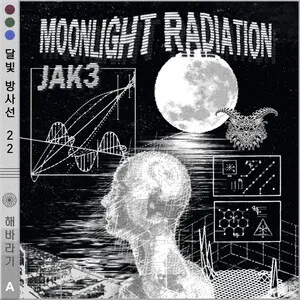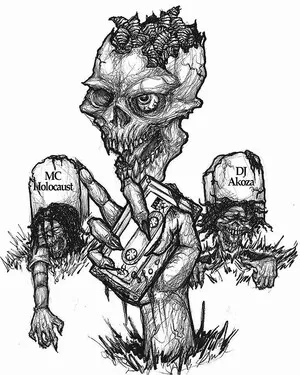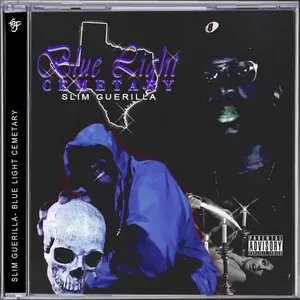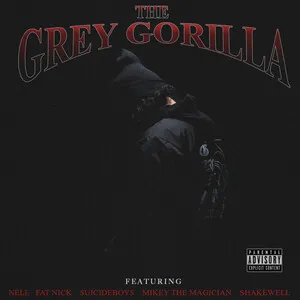Phonk is a dark, sample-heavy microgenre of hip hop and trap that resurrects the gritty aesthetics of 1990s Memphis rap. It blends chopped-and-screwed vocals, ominous minor-key loops, lo‑fi textures, and overdriven 808s to create a woozy, menacing atmosphere.
While early phonk leaned on slowed vocal samples and cassette‑era grit, a later offshoot known as drift phonk foregrounded hard‑clipping 808 bass and bright cowbell patterns at faster tempos, becoming synonymous with car/drift videos and social media virality. Across its variants, phonk is united by retro Southern rap DNA, tape‑worn sonics, and an underground, DIY producer culture.
Phonk’s genetic code comes from 1990s Memphis rap: raw cassette releases, dark minor‑key loops, horrorcore imagery, and ultra‑DIY production. Chopped-and-screwed techniques from Houston (slowing, chopping, and pitching vocals) also shaped the genre’s syrupy feel. These Southern innovations became a sample bed for a new generation of internet producers.
Around the early 2010s, producers on SoundCloud and YouTube—most notably SpaceGhostPurrp and the Raider Klan orbit—revived Memphis aesthetics using modern DAWs. They sampled vintage a cappellas, added tape hiss, vinyl crackle, and trunk‑rattling 808s, and popularized the term “phonk” for this blend of Southern nostalgia and contemporary underground trap.
A network of global bedroom producers and curators (including channels and mixes dedicated to phonk) helped standardize the sound: slowed/filtered vocals, grimy loops, and thick, overdriven low end. Artists such as DJ Smokey, DJ Yung Vamp, Soudiere, NxxxxxS, and DJ SACRED pushed an instrumental phonk lane alongside vocal tracks.
A faster, club‑leaning variant—drift phonk—rose to prominence via car/drift videos and short‑form platforms. It emphasizes bright cowbell ostinatos, clipped 808s, and tempos often in the 150–170 BPM range, usually with minimal or no vocals. Producers like Kordhell, Ghostface Playa, LXST CXNTURY, and DVRST helped bring phonk into mainstream awareness.
Phonk’s vocabulary spread worldwide, inspiring regional takes (e.g., Brazilian phonk) and hybrids with house and bass styles. Despite the viral drift wave, classic lo‑fi Memphis‑leaning phonk remains active, coexisting with sleeker, dance‑floor‑ready interpretations.

